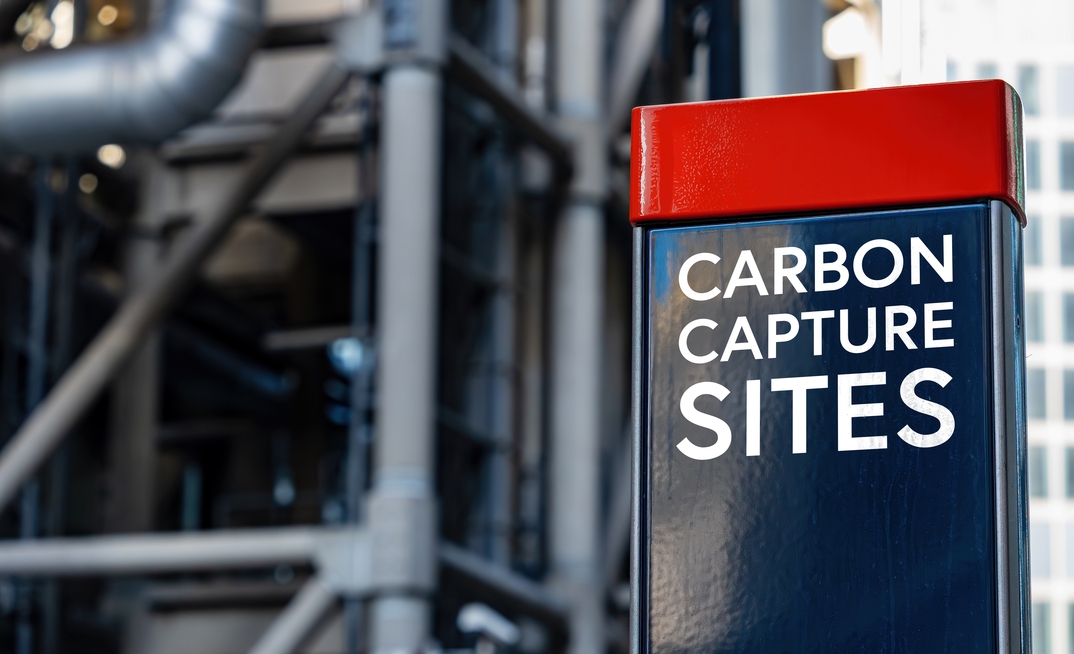Policymakers in most of the world's advanced economies have committed to decarbonise, and Australia's leaders are no exception. Crucially, carbon capture and storage (CCS) could be the magic bullet needed – potentially a very effective solution to the decarbonisation and net zero challenges.
However, unlike Northern America and Western Europe, the Australian government does not appear to see the same urgency in encouraging and implementing CCS at scale, as a key tool in helping to hit decarbonisation goals. In our latest special report, Energy News Bulletin (ENB) explores the current status and potential of CCS in Australia, as well as its performance relative to other global jurisdictions.
ENB finds that the carbon intensity of upstream oil and gas operations are falling across the globe but not fast enough. Indeed, upstream oil and gas companies are often depicted as the villains in the most common global climate emergency narratives. It's no different in Australia, where energy giants, such as Woodside Energy and Santos, are all too often vilified by climate activists and diehard renewable energy advocates. However, as ENB explains in our report, strides are being made to decarbonise oil and gas production, reflected by the sharp falls in the overall emissions intensity of upstream operations globally – a measure of how much carbon, methane and other greenhouse gases are emitted per unit of energy produced. And CCS arguably has a role to play in net zero decarbonisation plans, especially as global hydrocarbon production continues to rise.
There is no doubt that flaring reduction, methane detection and repair, electrification of operations, and the deployment of carbon capture, utilisation and storage (CCUS) have all helped to drive down emissions intensity. In this latest special report, ENB dives into the global CCS scene, explores decarbonisation initiatives, as well as looks at the projects, and economics, of CCS at home in Australia.
Significantly, there is mounting evidence that CCS could be a magic bullet in the drive for decarbonisation, but it remains to be seen if Australia can capitalise on its potential.
To view the ENB CCS Report 2024 homepage, click HERE or click on the individual articles below:
Storage solutions: CCS builds a head of steam
Across the globe, CCS is taking centre stage as the oil and gas industry eyes decarbonisation goals
Companies struggle to cut absolute upstream emissions
The carbon intensity of upstream oil and gas operations are falling but not fast enough
Asia looks to play catch up with CCS
Ambitious new projects and evolving regulatory landscape suggest potential rapid progress in Asia
Australia lagging in global CCS race as more incentives needed
Australia is missing a key opportunity to decarbonise if it neglects CCS potential
Australia's CCS projects and economics are yet to add up
Rising carbon prices will help encourage CCS, but more incentives are needed
























